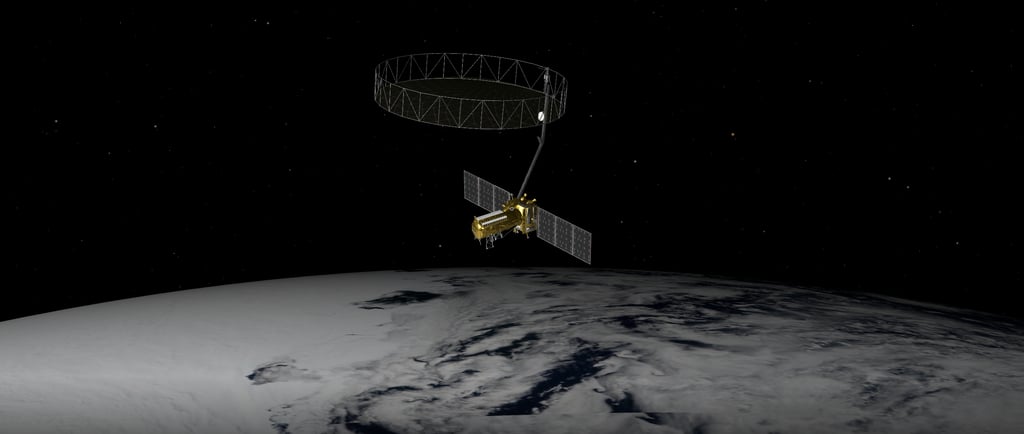NISAR Mission: Earth Observation


Introduction to the NISAR Mission
The upcoming U.S.-India NISAR (NASA-ISRO Synthetic Aperture Radar) mission is set to revolutionize Earth observation like never before. This innovative endeavor, developed through a collaboration between NASA and the Indian Space Research Organisation (ISRO), aims to provide unprecedented insights into our planet’s dynamically changing surface. With its advanced technology, the NISAR mission will contribute vital data that will enhance our understanding of various geological and environmental phenomena.
Unveiling the Technology Behind NISAR
NISAR is a first-of-its-kind dual-band radar satellite, utilizing both L- and S-band radar frequencies to achieve high-resolution imaging of the Earth. This dual-band capability allows the satellite to measure land deformation caused by earthquakes, landslides, and volcanic activities with remarkable precision. The data generated from these measurements will be critical for scientists and disaster response teams, enabling them to predict and manage natural disasters more effectively.
Significance of Environmental Monitoring
Furthermore, the NISAR mission will monitor glaciers and ice sheets, documenting their changes over time. This data is crucial for understanding how the world’s glaciers are responding to climate change, including patterns of advancement and retreat. Additionally, NISAR will play a significant role in observing forest growth and loss, as well as wetlands, which are essential components of the global carbon cycle. By tracking these environments, we will gain valuable insights into carbon dynamics, helping to inform climate change responses and conservation efforts.
The implications of the NISAR mission extend beyond scientific community interests. The data generated will provide vital information for policy-making and efforts in promoting sustainable practices. As the world grapples with the impacts of climate change, missions like NISAR become key players in our collective effort to protect and understand our planet.
Conclusion
In conclusion, the NISAR mission is not just a technological achievement; it is a critical step towards enriching the global body of knowledge regarding Earth's surface dynamics. With its potential to enhance disaster response and inform climate policy, the mission offers an opportunity for increased collaboration between nations in the pursuit of knowledge and preservation of our planet. As we anticipate the launch of this groundbreaking satellite, the scientific community and the global population wait with eager interest to learn from the data that NISAR will provide.
